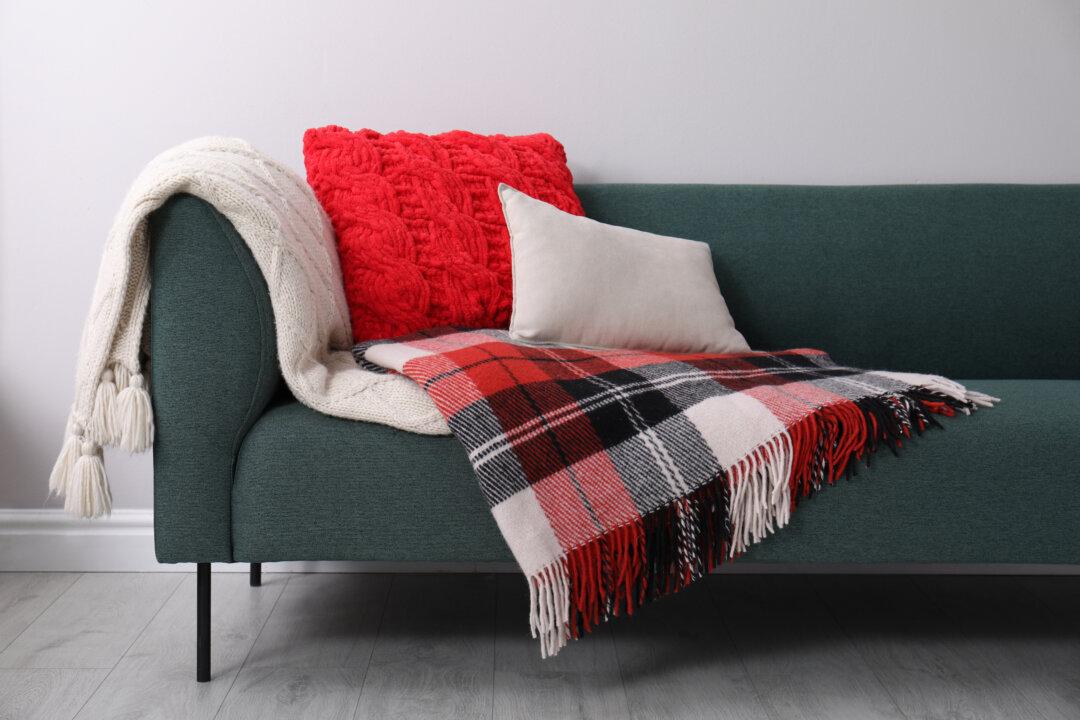Picking out a paint color you'll want to live with for years is perhaps one of the hardest design decisions to make. When we analyze a tiny paint chip, it’s hard for us to imagine how the color will look once brushed across an entire wall. And forget about envisioning how the hue might change in varying types of light.
Since the human brain is pretty bad at imagining how a paint color will look, carefully testing out paint swatches before buying a gallon is the best way to avoid painter’s remorse. To learn the right way to pick out paint colors—and the mistakes to avoid—we asked the paint pros.





